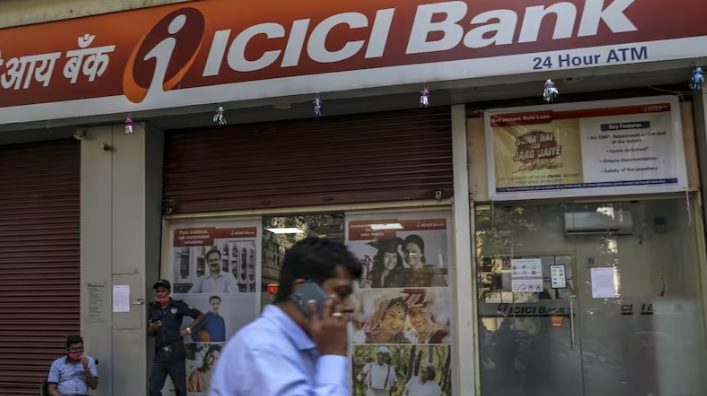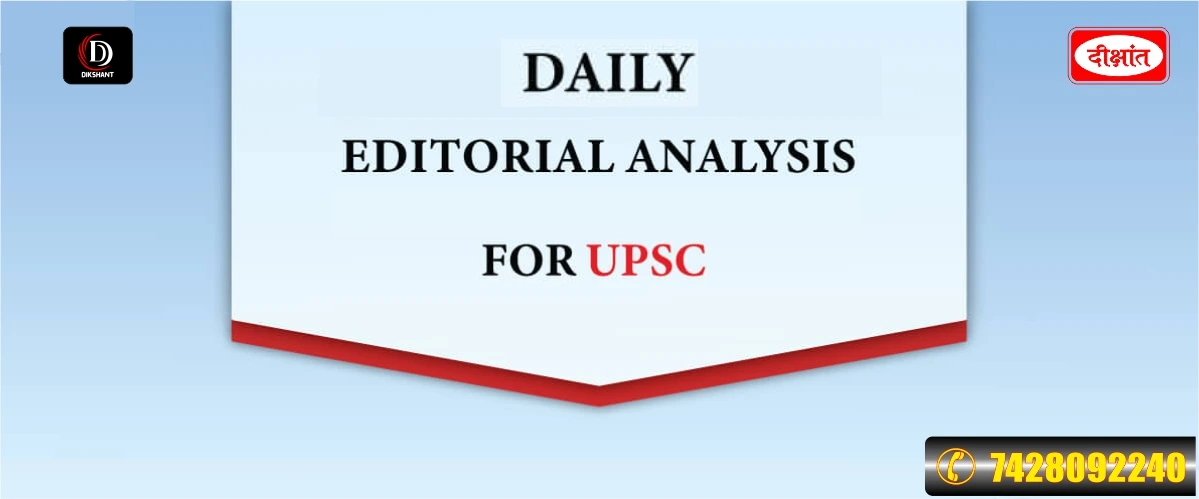In Good Health: The State of the Indian Banking System (GS Paper 3, Economy)

Context: Indian Banking System
- The Indian banking system has shown remarkable improvements across various metrics, demonstrating resilience and enhanced stability in recent times.
Improvements in the Indian Banking System
Reduction in Bad Loans
-
- Non-performing assets (NPAs) have dropped to a 12-year low of 2.6% in September 2024.
- The reduction is observed across all sectors, signaling better asset quality and effective risk management.
Increased Profitability
-
- Indian banks have reported healthy growth in profits, reflecting better operational efficiency and strong financial performance.
High Provision Coverage and Strong Capital Position
-
- Banks maintain robust provision coverage ratios, ensuring that they are well-prepared for potential loan defaults.
- Banks are well-capitalized, with only four banks falling short of the minimum capital requirement in adverse stress test scenarios.
Resilience to Macroeconomic Challenges
-
- Stress tests conducted by the Reserve Bank of India (RBI) reveal that banks can withstand adverse macroeconomic conditions with minimal impact on their capital adequacy.
Emerging Concerns in the Banking Sector
Stress in Unsecured Retail Loan Book
-
- A steep rise in write-offs has been observed in the unsecured loan segment.
- More than 50% of new bad loans in the retail sector stem from slippages in unsecured loans.
- There are concerns over dilution of underwriting standards and the potential masking of worsening asset quality through increased write-offs.
Stress in the Microfinance Sector
-
- There is an increase in stressed loans among low-income households.
- Borrowers are experiencing high impairment, with many holding multiple loans.
- The rising indebtedness is evidenced by a growing number of borrowers taking loans from four or more lenders.
Consumer Credit and Household Stress
-
- Personal loans under ₹50,000 show a 11% overdue rate.
- 60% of borrowers have availed more than three loans in the current financial year, highlighting increasing household leverage.
- Gold loan NPAs increased by 30% from ₹5,149 crore in March 2024 to ₹6,696 crore in June 2024, indicating rising repayment stress.
Way Forward and Conclusion
- While the Indian banking system has made significant strides in improving asset quality, profitability, and resilience, there are emerging concerns, particularly in the unsecured retail loans, microfinance sector, and rising household leverage.
- These areas require continuous monitoring and proactive intervention to mitigate risks and ensure long-term stability.
- While banks are better positioned to handle macroeconomic shocks, addressing these vulnerabilities is vital to ensuring sustained growth and maintaining the overall health of the banking sector.


